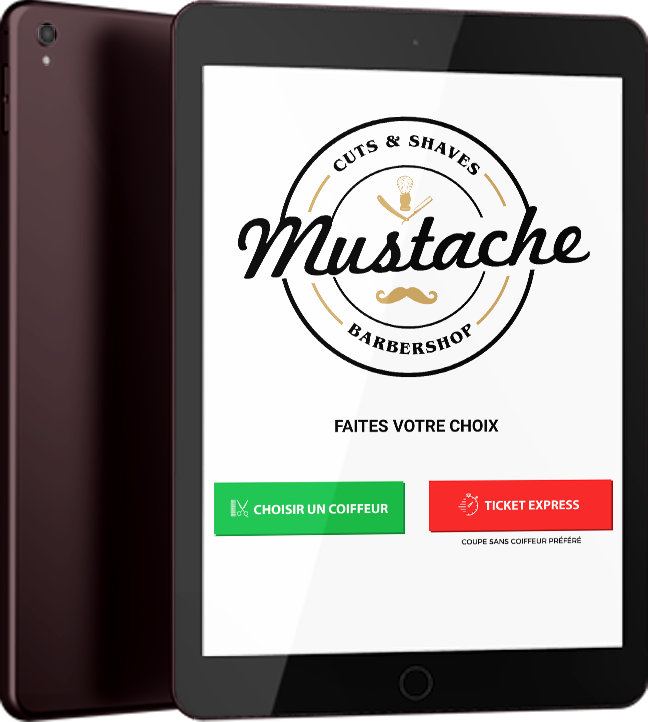Here, âqualityâ is in the principle body; therefore, you should get insights from the qualitative data. Because of the measurable nature of the information, these quantitative approaches regularly use larger pattern sizes than qualitative ones. Expert opinions â This type of analysis method involves choosing your pattern from a specialised group of individuals in the field both inside and out of the group.
Qualitative knowledge refers to data collected that can not be easily measured by numerical means. An example of this could be a userâs emotions or opinions about a particular services or products. Despite its usefulness, qualitative information could be tough to collect at scale. It requires much more effort from the respondent, and its lack of uniformity warrants a lot of time spent organizing as quickly as itâs collected. Qualitative data sometimes consists of words whereas quantitative information consists of numbers. Anything that’s qualitative may be assigned significant numerical values.
It is often used to detect cultural or regional variations in behaviours or uses of a product or service to higher perceive the method to adapt stated product or service for a particular audience. Survey respondent characteristics corresponding to gender, race, hair colour, and nation of origin are all thought-about nominal data. Since you canât perform a mathematical equation on categories, this information kind is normally categorised as qualitative. It is essential to differentiate between the final assumptions concerned in endeavor a analysis project and the info that are collected. At the extent of the information there may be little distinction between the qualitative and the quantitative.
However, if a researcher needs to categorize his or her knowledge sample based mostly on qualitative differences, then qualitative statement can be adopted. On the negative facet, the smaller inhabitants sample utilized in qualitative research raises credibility considerations . The views of a small group of respondents might not necessarily mirror these of the whole population. Moreover, conducting this sort of analysis on sure elements such because the performance of scholars may be tougher.
Some examples of quantitative data embrace Likert scale, interval sale and so forth. The Likert scale is a generally used example of ordinal data and is of different types â 5 level to 7-point Likert scale. Quantitative data is also recognized as numerical information whereas qualitative knowledge is also referred to as categorical knowledge.
Data collection strategies in qualitative strategy are both detailed and subjective . Direct observations, unstructured interviews, and participant remark are the most typical strategies employed in this kind of research. Researchers have the opportunity to mingle directly with the respondents and obtain first-hand information. These are the questions that come to thoughts whenever you undertake a analysis project.
Statistics is mainly divided into two types that is descriptive statistics and inferential statistics. Because quantitative data is more concrete, itâs usually most well-liked for knowledge analysis. But for complete statistical evaluation, utilizing each qualitative and quantitative yields the best results. If you simply analyzed quantitative information, youâd be missing core reasons behind what makes a data collection significant. You need both to have the ability to actually study from dataâand actually study out of your customers. In this part, weâll have a glance at 5 sensible examples of qualitative information evaluation, including the aim of the analysis and how businesses can https://kristinnspencer.com/get-free-book-help-me-reclassify-newfangled/ use this type of knowledge for finest outcomes.
Inductive reasoning refers to the derivation of general rules from specific observations. Collect information the best way with a versatile knowledge collection tool. As we have done in this article, understanding information varieties are step one in direction of proper utilization.
It is usually collected using concise and closed-ended survey questions. This type of information can be analyzed and converted into data visualizations, similar to bar charts, much more simply than qualitative data. Because losing these customers means a giant hit to your renewals and revenue, you resolve to invest assets in consumer surveys and interviews to understand what’s going on. You send the surveys to customers who have not participated in a class and interview current and potential customers. After plenty of work, you discover that the highest reasons customers donât try the courses are that they neglect about the app once they join they usually really feel unmotivated to train.

